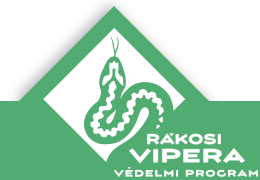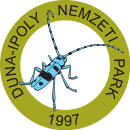In October, more than 5,000 Sand iris seedlings were planted in Felső-Kiskunság by experts commissioned by the Kiskunság National Park Directorate (KNPD). The planting was carried out in a total of 22 patches, covering an area of more than two hectares of this rare plant species. Volunteers also helped with the planting and watering of the seedlings to improve their chances of survival.
The Sand iris is a native species of the Carpathian Basin grasslands. A significant part of its remaining populations is found in the Kiskunság. It is one of the smallest species of water lily, its natural spreading rate is on the scale of a hundred years, and therefore KNPD is reinforcing its populations by planting horticulturally propagated plants.
One of the Conservation of Hungarian meadow Viper programme is to restore the good condition of the Pannonian sand grasslands that form the habitat of this rare snake. An important step in this process is the planting of characteristic plant species of the habitat type, as there is very little chance of these plants, which often have poor dispersal abilities, establishing unassisted in previously disturbed areas.
Last year, the KNPD carried out planting on 15 hectares, which resulted in 130 hectares of previously disturbed grassland being improved. It is hoped that the improved grassland will improve the habitat conditions for the Hungarian meadow viper and thus help the long-term prospects of the species.











